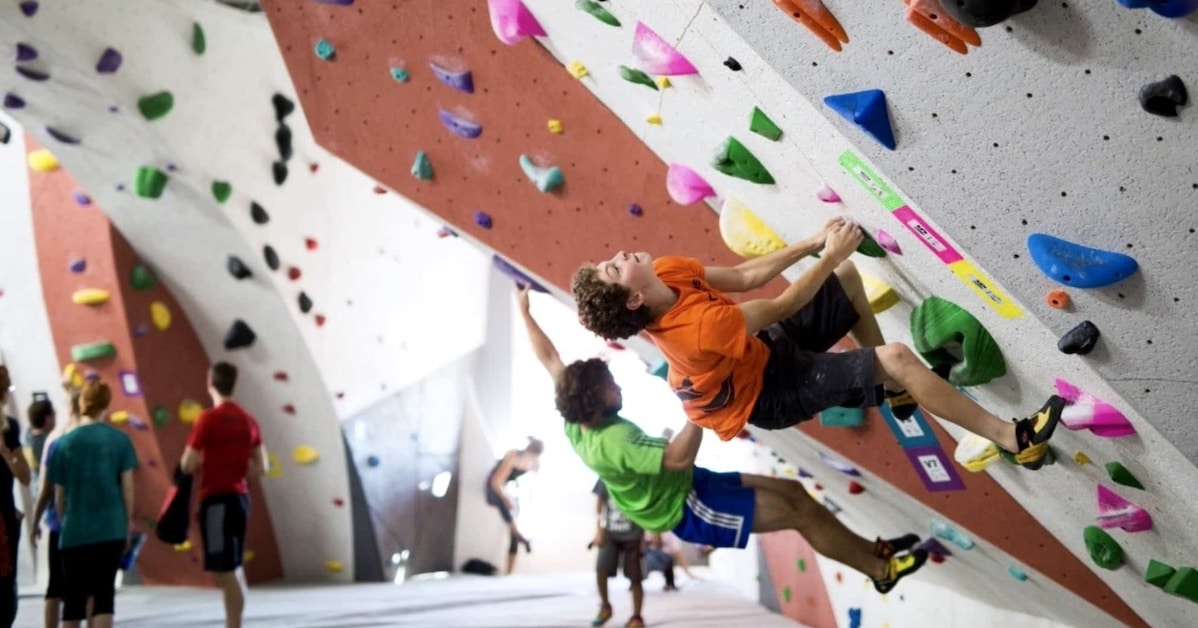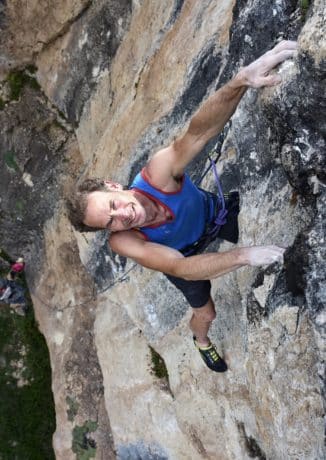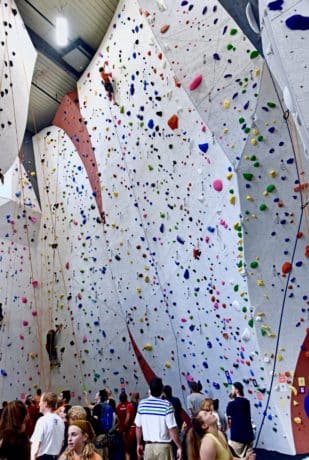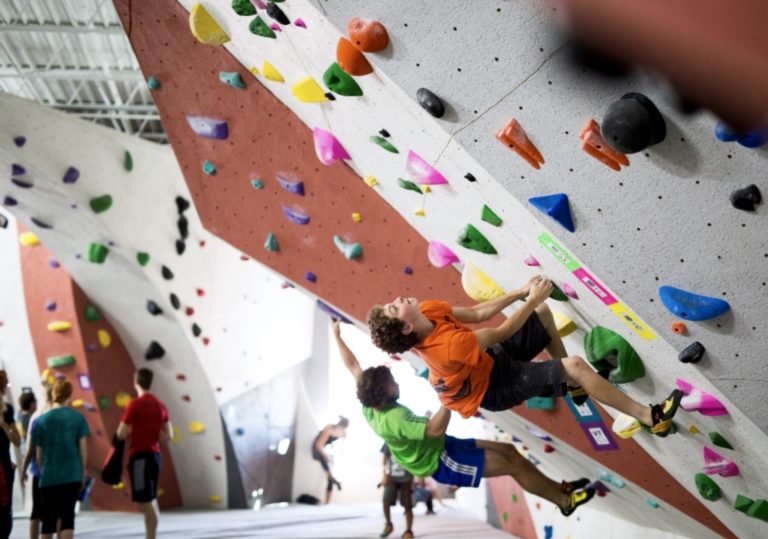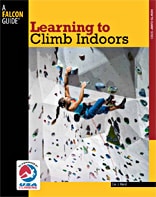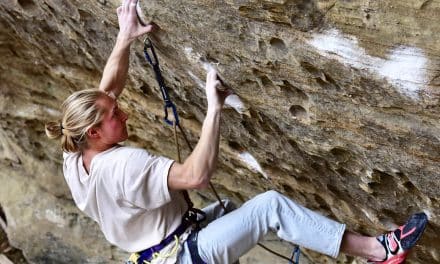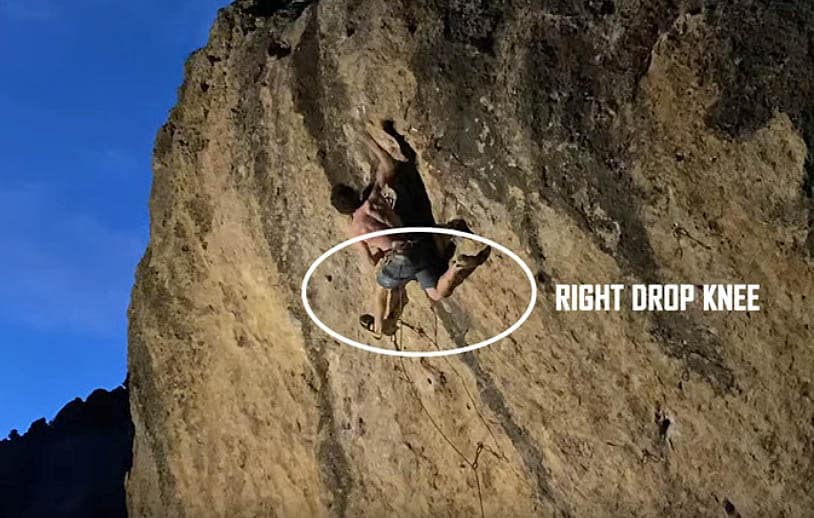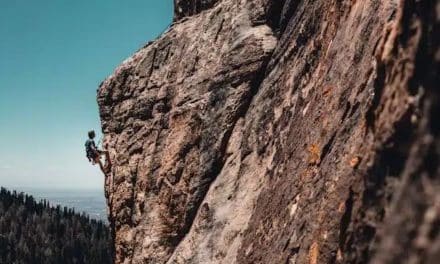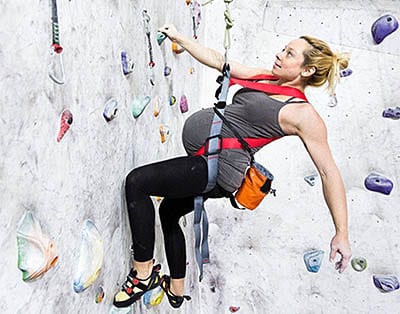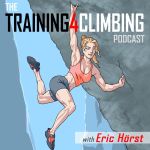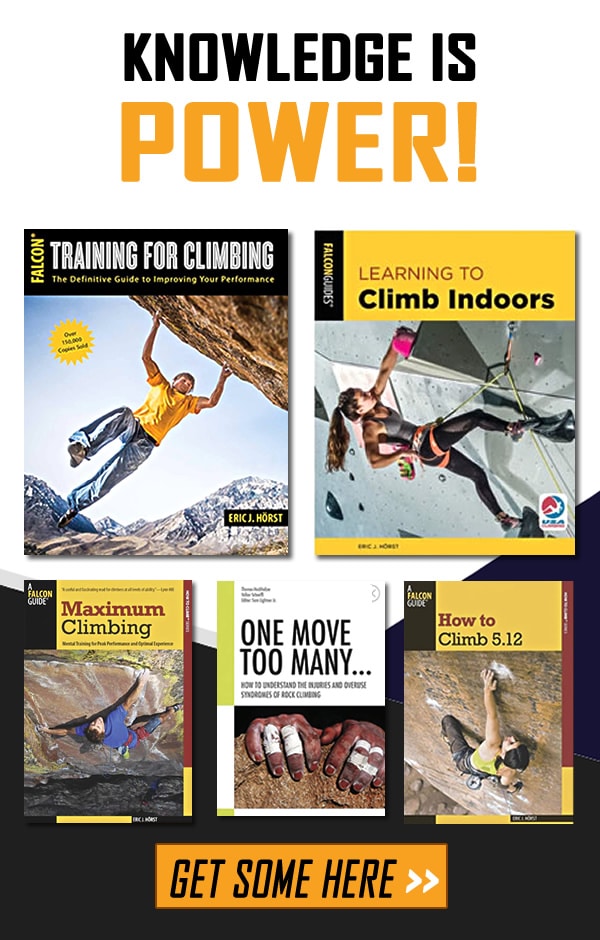Climbing means different things to different people. For some, it’s an engaging way to workout. For others, it’s a vehicle for life-changing experiences and adventures. Where does climbing fit in your life? Read on to learn how to climb indoors as a first step to exploring the sport.
(This article was originally published in August of 2018).
Climbing changed my life. Other than the life-long influence of my parents, nothing else is more to credit than rock climbing for the man I’ve become and the life I now live.
Knowing the impactful potential and immense reward of recreating in the vertical extreme, I’ve been quick to share my climbing experiences with friends and strangers alike. It’s my wish that more people experience the rich reward of rock climbing, whether that’s out in nature or through the doors of your local climbing gym.
If you’re not yet ready to go “all in” on climbing, I propose you give it a try with the intention to simply enjoy a playful physical workout or spice up your life with a new mental challenge. With this in mind, I guarantee that your first visit to a climbing gym visit will be a success. Soak in the feeling of a pleasantly drained body, sense of accomplishment, and perhaps even an endorphin-fueled transcendent “high”. Furthermore, there’s nothing like climbing to create strong bonds. If you invite a friend, child, or significant other to share in your climbing experience, I bet you’ll finish feeling more connected with them than ever before. So, with both personal and social benefits in store, what are you waiting for? Let’s learn to climb!
The Climbing “Boom”
Rock climbing is one of the fastest-growing sports of the modern era, especially after its debut in the 2021 Tokyo Olympics. Behind almost every jaw-dropping competition performance or breathtaking climbing video in front of a stunning mountain backdrop is the story of the climbing gym where it all began. Past generations learned to climb in outdoor settings where risk is inevitable; but today’s aspiring climbers can develop their skills in a safe, controlled indoor setting that offers the same mountain’s worth of fun. And with thousands of indoor walls available throughout the United States—and thousands more worldwide—there’s bound to be one near you.
Regardless of your age, background, or level of fitness, indoor climbing will undoubtably present you with many challenges—and rewards—that differ drastically from other sports. You’ll soon discover that the wonder of climbing comes from the unique way in which it engages both the mind and body. Each climb offers its own opportunity for personal growth. Mentally, the process of solving each puzzling sequence is akin to a vertical chess match combining problem-solving, positive thinking, and fear management. Physically, climbing will challenge your flexibility, stamina, body control, and almost every muscle from your legs to your core to your soon-to-be-pumped arms! Together, climbing provides the most complete mind-body workout out there.
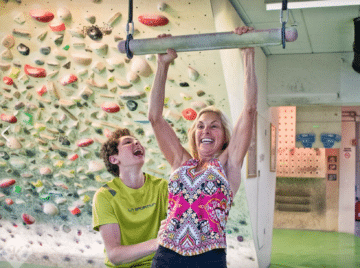
Indoor climbing can be a wonderful family activity! Photo courtesy of Cafe Kraft, Nurnberg, Germany.
Welcome to the Vertical World!
Your first step through the doors of a climbing gym will be eye-opening, energizing, and maybe even a bit frightening. Resist the urge to retreat with the knowledge that indoor climbing is completely safe and that you’re up to the challenge.
Climbing gyms come in all shapes and sizes, ranging from modest 15-foot-high bouldering walls tucked away in the corners of health clubs up to massive 50-foot monoliths. In addition to the entry fee, you’ll need to pony up a few bucks for the essentials: a pair of climbing shoes, harness, and chalk bag. Climbing shoes future special rubber soles that help your feet stick to the holds. Think of a climbing harness like a seatbelt—it’s the link between your body and the safety rope. Finally, a chalk bag is worn around your waist and filled with powdery chalk to soak up moisture for the best grip on the holds.
Most gyms will then ask you to complete a brief introductory class. This one-and-done lesson is well worth your time: it will cover basic how-to’s for using your gear properly and provides a crash course on the fundamentals of climbing movement. Take it a step further and sign up for an introduction to belaying. Belaying is a rope-management technique that allows you to safely ascend and descend the higher walls with the help of a partner. It’s an important but simple skill that takes only a few minutes to learn. Soon enough you’ll be off to the races! If your palms aren’t sweating yet, let’s explore the three basic styles of climbing you’ll find in a gym.
Bouldering
Bouldering is the most basic form of climbing. The goal is simple: follow designated paths up short sections of wall ranging from 10 to 15 feet high. These paths are called “problems”. Given the modest length of these boulder problems, there’s no need for a safety rope or belayer because you’re never too far off the ground. Like climbing around on a jungle gym, you’re free to explore these low walls in search of enjoyable moves and a test of your strength! Bouldering is also the best activity for practicing footwork, developing balance, and learning to move in your new vertical environment.
Boulder problems are quick and accessible. Since you’re climbing more than a handful of feet up, you can pick a problem and focus on solving it—no matter how many tries it takes. You can dive into these physical and mental efforts without the distraction of a rope, belayer, or a dauntingly long climb.
Top Roping
Toproping is the most popular activity for beginners because it takes you safely up even the highest, most intimidating walls. The name “toprope” describes the safety line that runs from the floor up through an anchor atop the climb, then back down to the bottom.
Gyms commonly have a dozen or more top ropes hanging in place and ready to go. All you need to do is tie into one end of the rope using a Figure-8 knot and have someone belay you from the other end. Many gyms also offer mechanical auto-belay units that can take the place of a belayer.
Like bouldering, toproping is an excellent way to practice climbing skills. With a snug toprope belay, you can safely try your hand at any climb and be softly lowered back to the ground at a moment’s notice. Some toprope climbs will come easily, and you’ll breeze up the wall on your first try. Other routes might spit you off before you know what happened. But don’t worry—the toprope will hold you in place wherever you fall so you can hang and work on the sequence. Sometimes it will only take a few more tries to solve the problem and continue on to the top; or, you may get stumped for the time being and need to come back to fight another day.
Lead Climbing
Lead climbing is the most advanced style of climbing. You’re challenged to “lead” the rope from the ground up to the top anchors of a climb. Unlike the snug belay afforded by a toprope, the hallmark of lead climbing is the dangling rope that trails from your harness down to the ground.
As you ascend, you clip into anchor bolts spaced every five feet or so along the path of the climb. These bolts are there to catch your fall. Clipping the trailing rope adds yet another physical challenge to the process. Mentally, you’ll need to remain calm and confident knowing that slipping up means taking a free-fall through the air!
Until the rope catches you, that is. It usually only takes about 10 to 15 feet of falling before the rope draws tight onto the last anchor bolt, but expect an adrenaline rush you won’t soon forget. Yes, taking such a lead fall is scary—at least at first. But with the proper safety systems in place, it’s surprisingly safe. It’s a healthy rush that builds character!
For more, dive into the pages of Learning to Climb Indoors: The Complete Guide to Indoor Climbing.
Related Articles:
- Projecting 101: 6 Tips for Sending Your Project
- Effective Gym Training Strategies for Route Climbing
- Get Lit: An Introduction to Interactive Climbing Boards
- Winter Gym Training Tips
- How Matt Fultz Trains From Home for V16 Climbs
Copyright © 2000-2023 Eric J. Hörst | All Rights Reserved.

